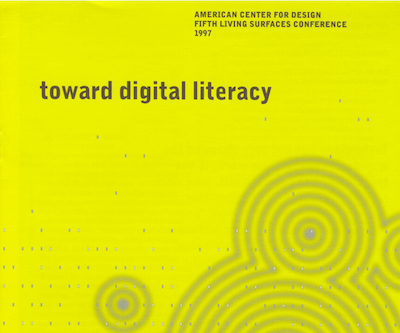Cathy Pearl
Author of Designing for Voice User Interfaces,
Cathy Pearl has had a long career in conversational technology.
Written by Erin Malone
Perhaps one of the more well-known voice UX experts in the field is Cathy Pearl. Pearl has been working in the space of voice UI, voice UX and conversational design since 1999 when she was a voice user interface designer with the San Francisco Bay Area 511 service provided by Nuance Communications. But she got her real start designing conversations in 1984 when she wrote a chatbot at the age of 12 on the family Commodore 64.
Pearl studied cognitive science as an undergraduate at UC San Diego with a minor in Artificial Intelligence and went on to get her MS in Computer Science from Indiana University in Bloomington Indiana. Her master’s thesis focused on Natural Language versus Graphical User Interfaces. “The question for me was, “Why don’t we design things for how we actually think and work?””[1]
After graduation she began her career as a software engineer including spending a couple of years at NASA Ames Research Center working on a variety of military and space projects including helicopter pilot simulators. When she left NASA, she moved to Nuance Communications and spent 8 years working in the space of early voice user interfaces. At Nuance, she began as a software engineer and moved into interface design crafting VUI experiences for IVRs which are automated phone systems. This early form of voice included phone trees and more simplistic kinds of voice interfaces.
After 8 years, she left to become a stay-at-home mom, which ended up lasting three years. After a while she was restless[2] and ended up taking work at a startup. She writes in her article My Year of Saying Yes, that she was originally resistant when the founder told her it involved speech recognition. But she was persuaded to see the demo and ended up spending the next two years working part-time on the technology. “We built a choose your own adventure conversational path for the system and I saw this was a new way to do voice.”[3] Unfortunately, the startup folded as many tend to do.
Following the startup, she did some consulting with a variety of companies including Microsoft, Ford SYNC and healthcare companies. After beginning as a consultant at Sensely, a healthcare startup, she eventually became their VP of User Experience. While there she worked on creating a virtual nurse avatar named Molly, to fill the gap between live nurse and doctor interactions and static intake forms. “We chose to have an avatar because there has been research showing that people will engage more with an avatar. They will answer more questions than clicking buttons and even be more truthful. In healthcare this really matters. We have some patients who get really attached to the avatar.”[4]
While at Sensely, she authored the book Designing for Voice User Interfaces for O’Reilly Media (2017), one of the latest books digging into how to design for voice and conversational user interfaces. Still considered an emerging field, the market is starting to fill up with voice activated home devices (Google, Alexa), cars which are using voice technology and we see over time more and more things being created that will allow people to interact with them using voice. “We need to design for how people talk and not how we want them to talk. When you put things out there in the real world you find that people speak very differently about things than you expect.”[5]
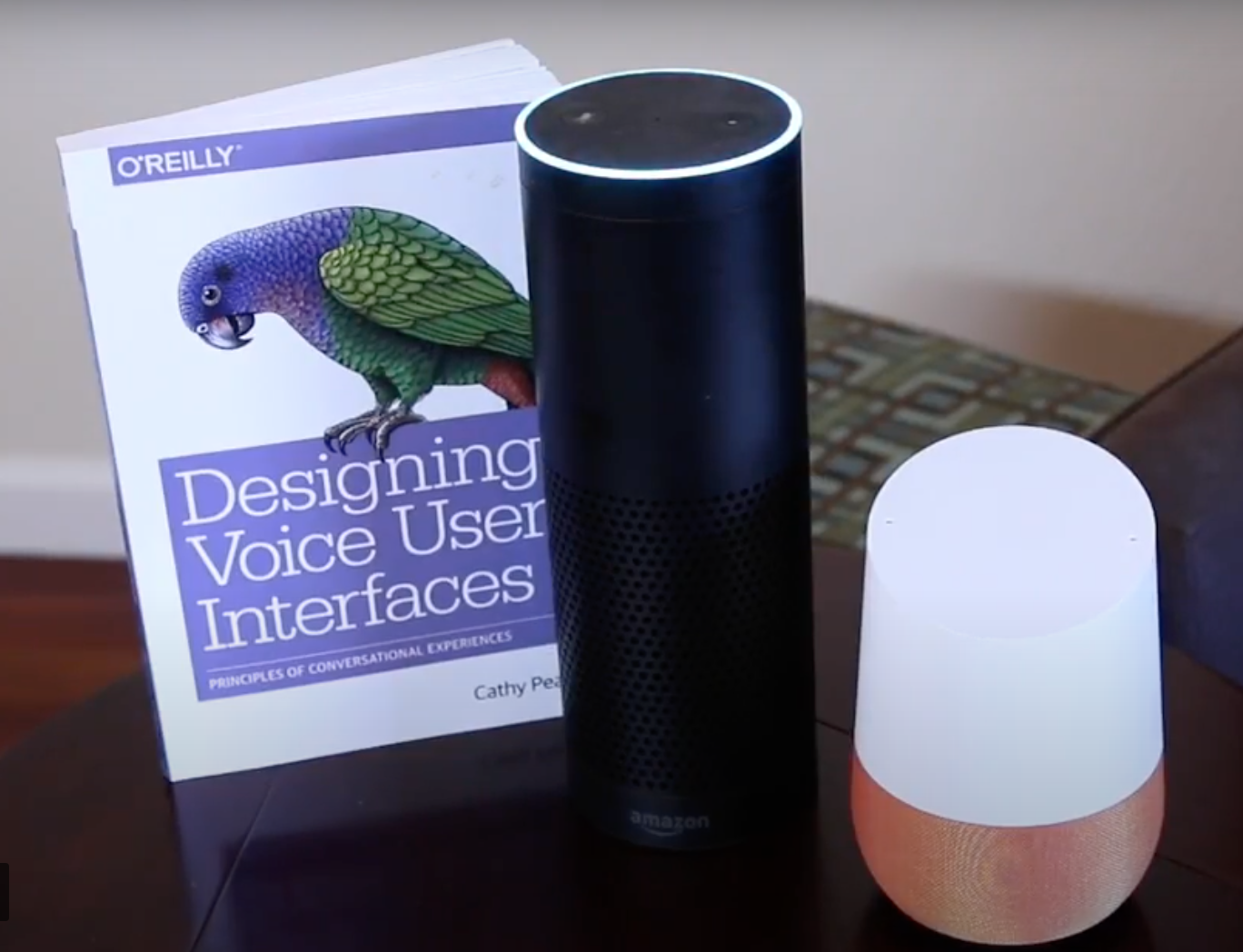
Designing Voice User Interfaces book with Amazon Echo and Google Home devices. From a video on Cathy Pearl's website where she is introducing the book. https://www.cathypearl.com/book
In 2018, Pearl left Sensely to become the head of conversation design outreach at Google and in 2020 she became the design manager for the google assistant. She is a strong proponent of design inclusivity and accessibility in voice activated experiences and creating intuitive and empowering conversations through technology.
In both 2019 and 2020, Pearl was named as the number one leader in the Voice Design and Product category by the Voicebot AI Top Leaders in Voice. She has been on the board of the organization Women in Voice since 2020. She often writes about the topics of conversation design and voice user experience and has appeared on several podcasts on the topic. She is a frequent speaker at a host of international conferences including the Cannes Lions International Festival of Creativity, TechCrunch Disrupt, SXSW, Voice Summit and Project Voice.
Footnotes
[1] Bret Kinsella, “Cathy Pearl - the Secrets of Voice UX from a Practitioner’s Point of View,” Voicebot.ai, December 21, 2016, https://voicebot.ai/2016/12/21/cathy-pearl-secrets-voice-ux-practitioners-point-view/.
[2] Cathy Pearl, “My Year of Saying Yes,” Medium, August 15, 2018, https://cpearl42.medium.com/my-year-of-saying-yes-45caefc02c63.
[3] Bret Kinsella, “Cathy Pearl - the Secrets of Voice UX from a Practitioner’s Point of View,” Voicebot.ai, December 21, 2016, https://voicebot.ai/2016/12/21/cathy-pearl-secrets-voice-ux-practitioners-point-view/.
[4] Kinsella, “Cathy Pearl."
[5] Kinsella, “Cathy Pearl."
Bibliography
Ammendolia, Mark . “Cathy Pearl on All Things Conversation Design | Voiceflow.” www.voiceflow.com, February 27, 2020. https://www.voiceflow.com/blog/cathy-pearl-talks-conversation-design.
Kinsella, Bret. “Cathy Pearl - the Secrets of Voice UX from a Practitioner’s Point of View.” Voicebot.ai, December 21, 2016. https://voicebot.ai/2016/12/21/cathy-pearl-secrets-voice-ux-practitioners-point-view/.
Pearl, Cathy. “A Conversation with My 35-Year-Old Chatbot (Part 1).” Medium, December 22, 2021. https://chatbotslife.com/a-conversation-with-my-35-year-old-chatbot-part-1-21f0b3ecfcc.
———. “In Dialogue—with Our Devices - Library.” Google Design, July 24, 2019. https://design.google/library/conversation-design-intro/.
———. “My Year of Saying Yes.” Medium, August 15, 2018. https://cpearl42.medium.com/my-year-of-saying-yes-45caefc02c63.
Selected Stories
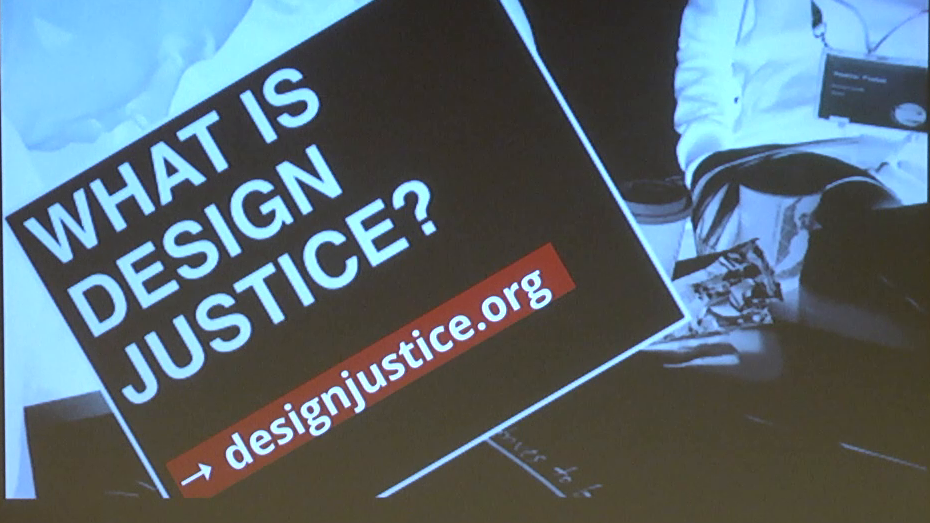
Sasha Costanza-ChockProject type
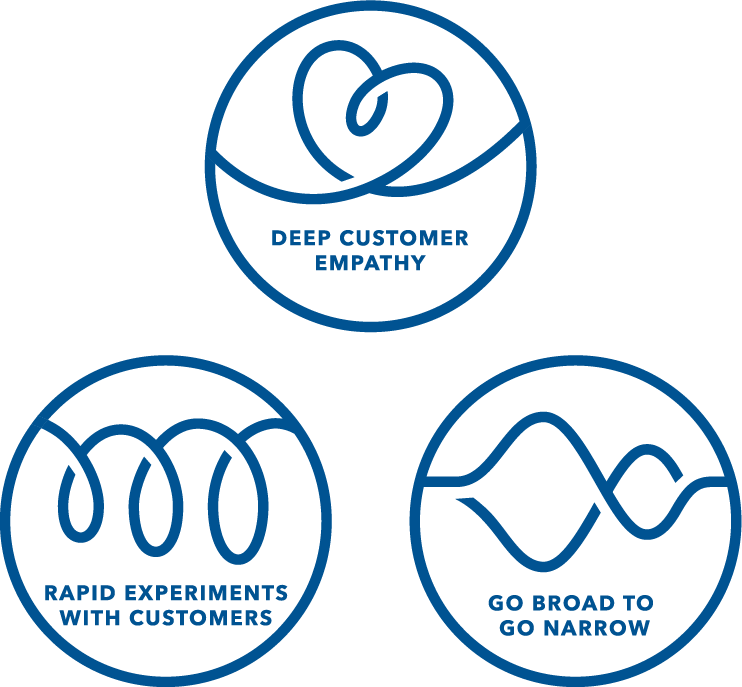
Kaaren HansonProject type

Ari MelencianoProject type

Mizuko Itoresearch
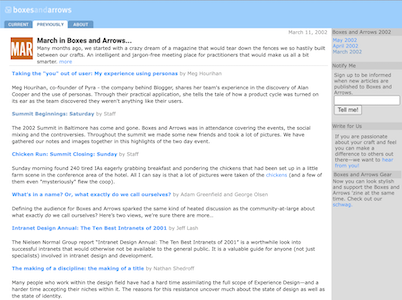
Boxes and ArrowsProject type

Mithula NaikCivic
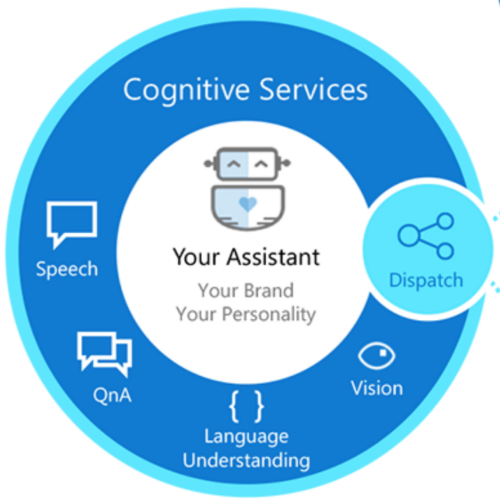
Lili ChengProject type

Ovetta SampsonProject type
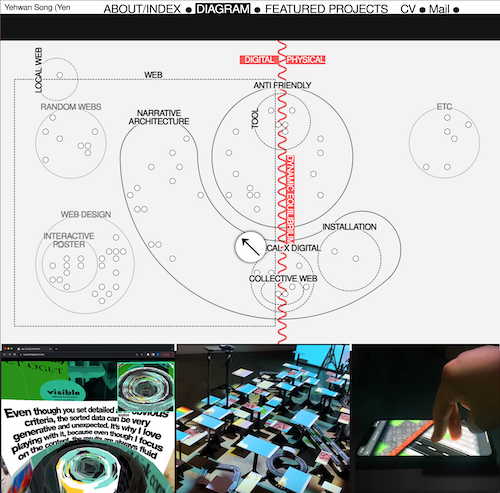
Yehwan SongProject type
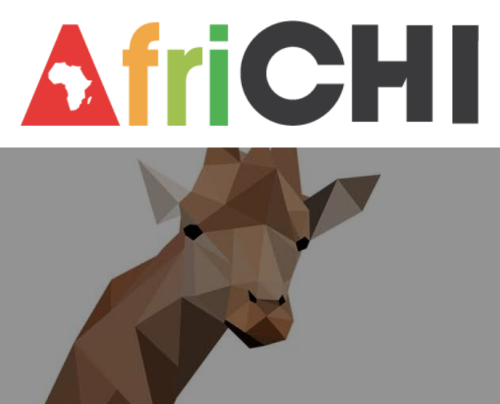
Anicia PetersProject type

Simona MaschiProject type
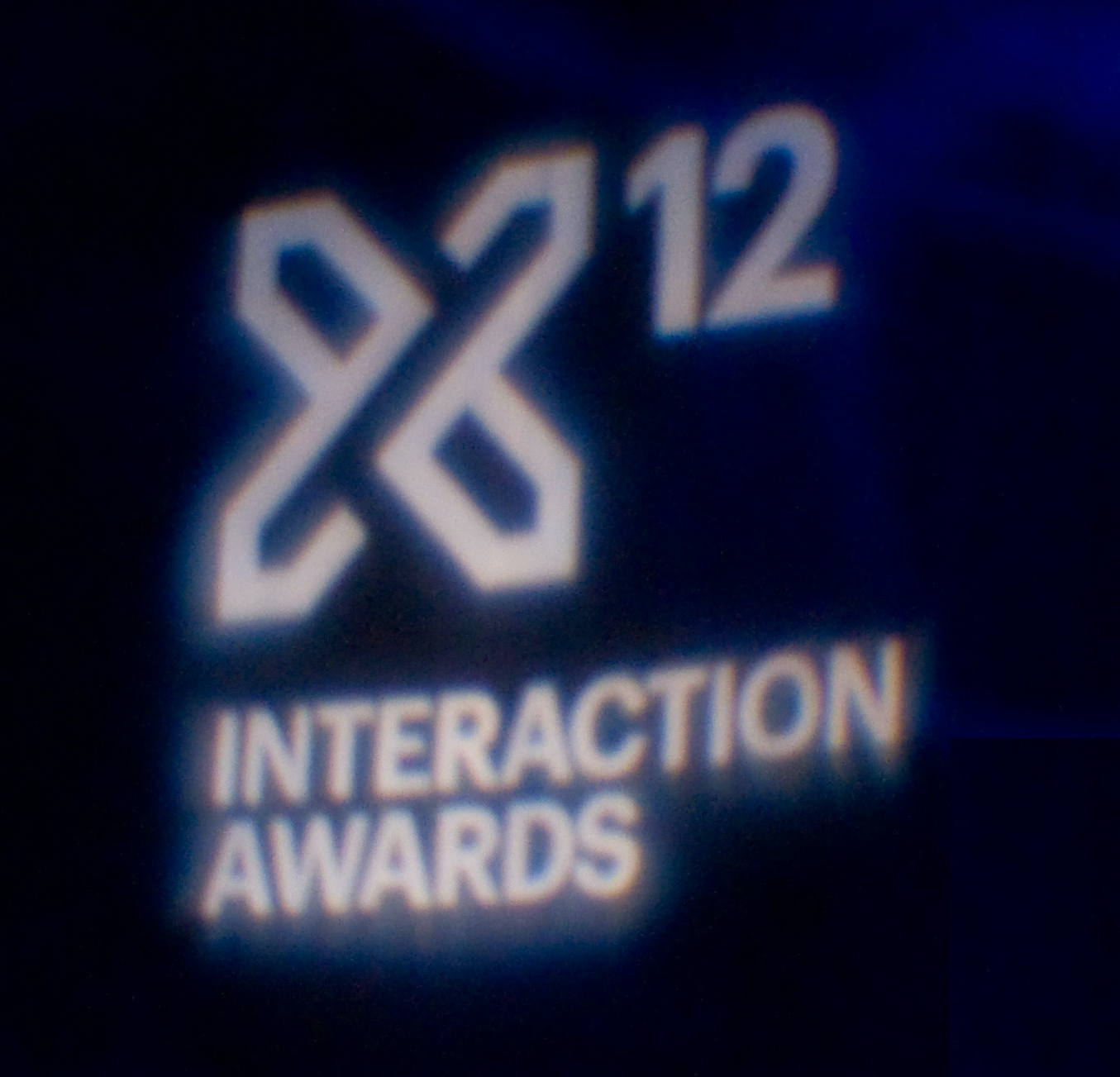
Jennifer BoveProject type
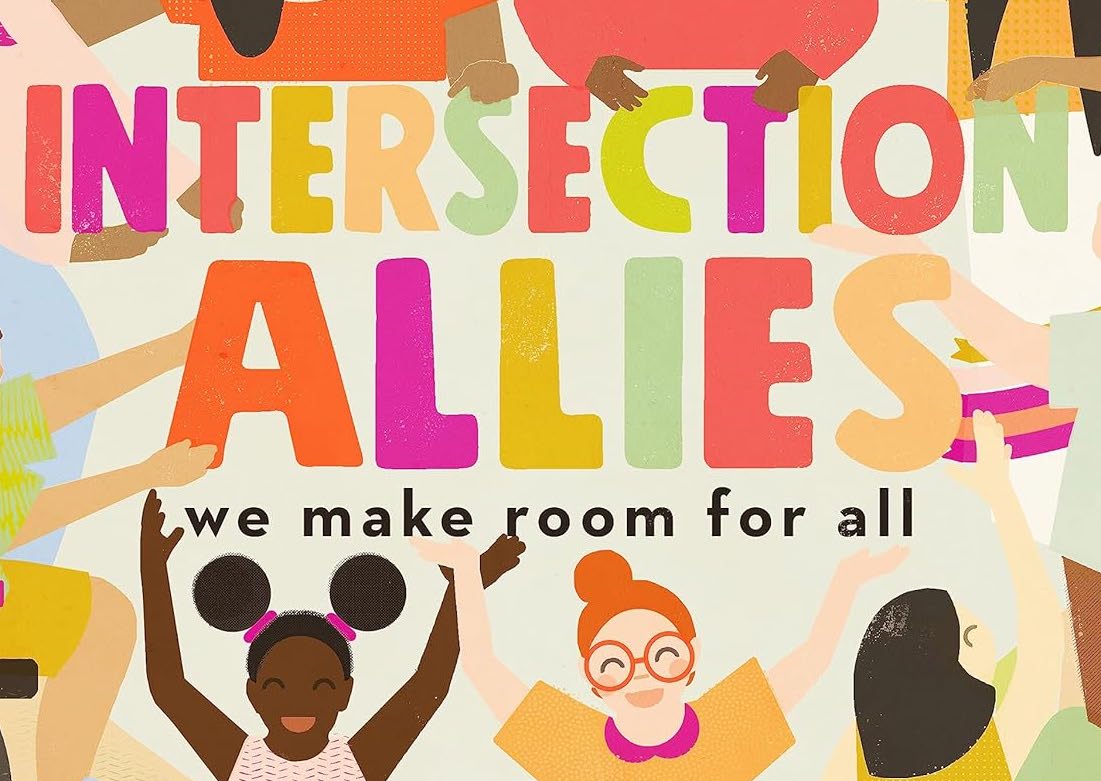
Chelsea JohnsonProject type
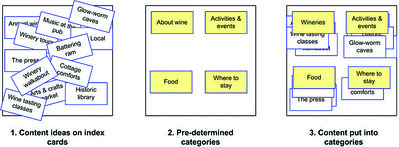
Donna SpencerProject type

Lisa WelchmanProject type
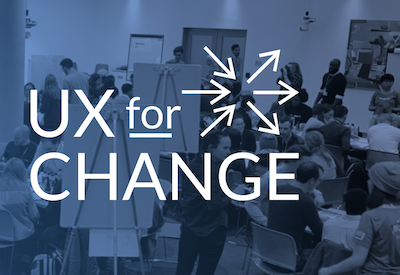
Sandra GonzālesProject type

Amelie LamontProject type

Mitzi OkouProject type

The Failings of the AIGAProject type
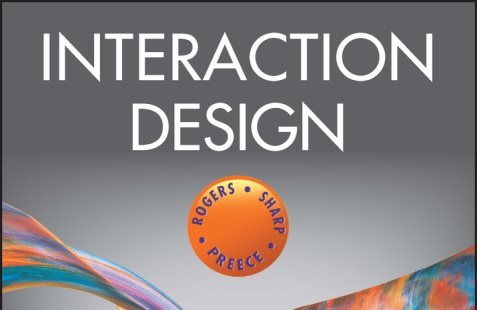
Jenny Preece, Yvonne Rogers, & Helen SharpProject type

Colleen BushellProject type

Aliza Sherman & WebgrrrlsProject type
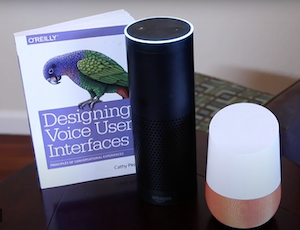
Cathy PearlProject type

Karen HoltzblattProject type

Sabrina DorsainvilProject type
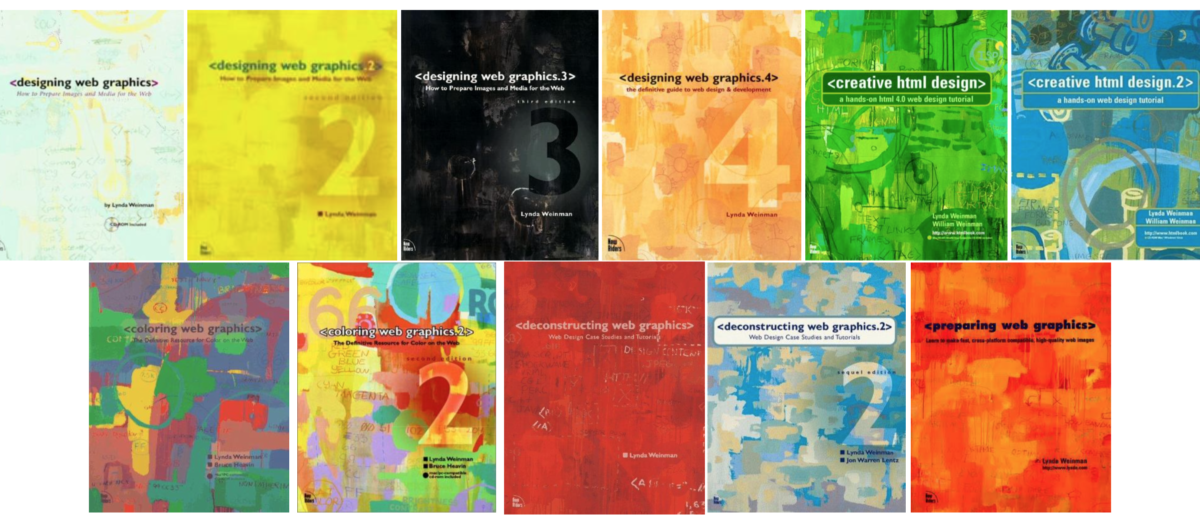
Lynda WeinmanProject type
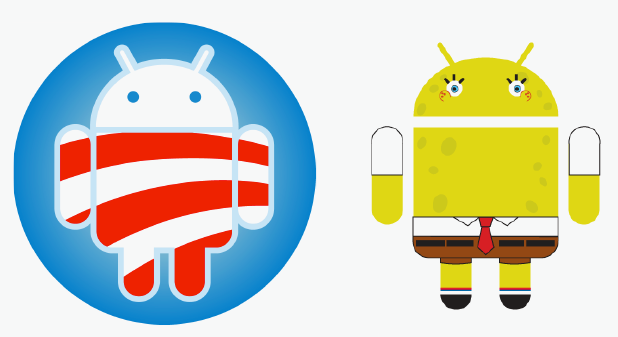
Irina BlokProject type
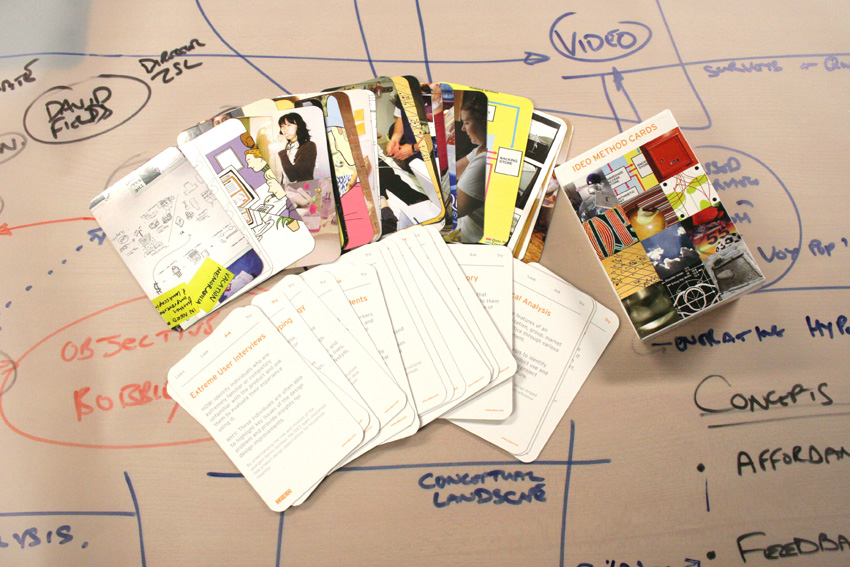
Jane Fulton SuriProject type
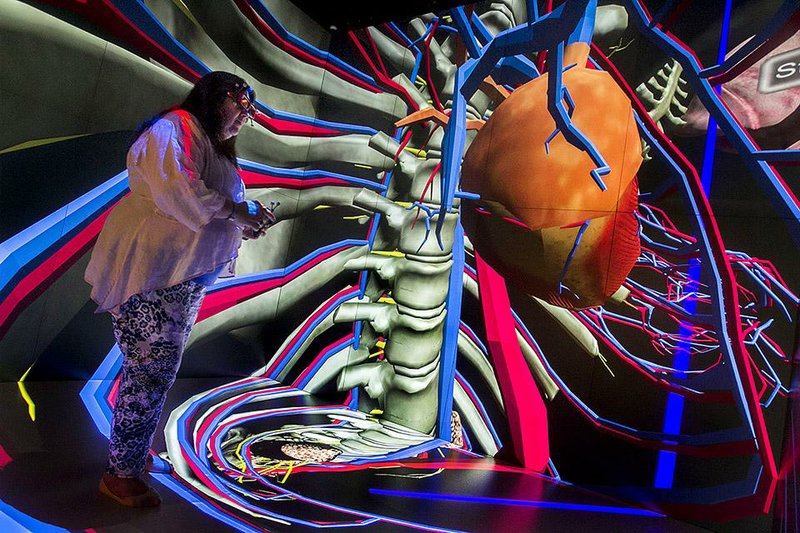
Carolina Cruz-NeiraProject type
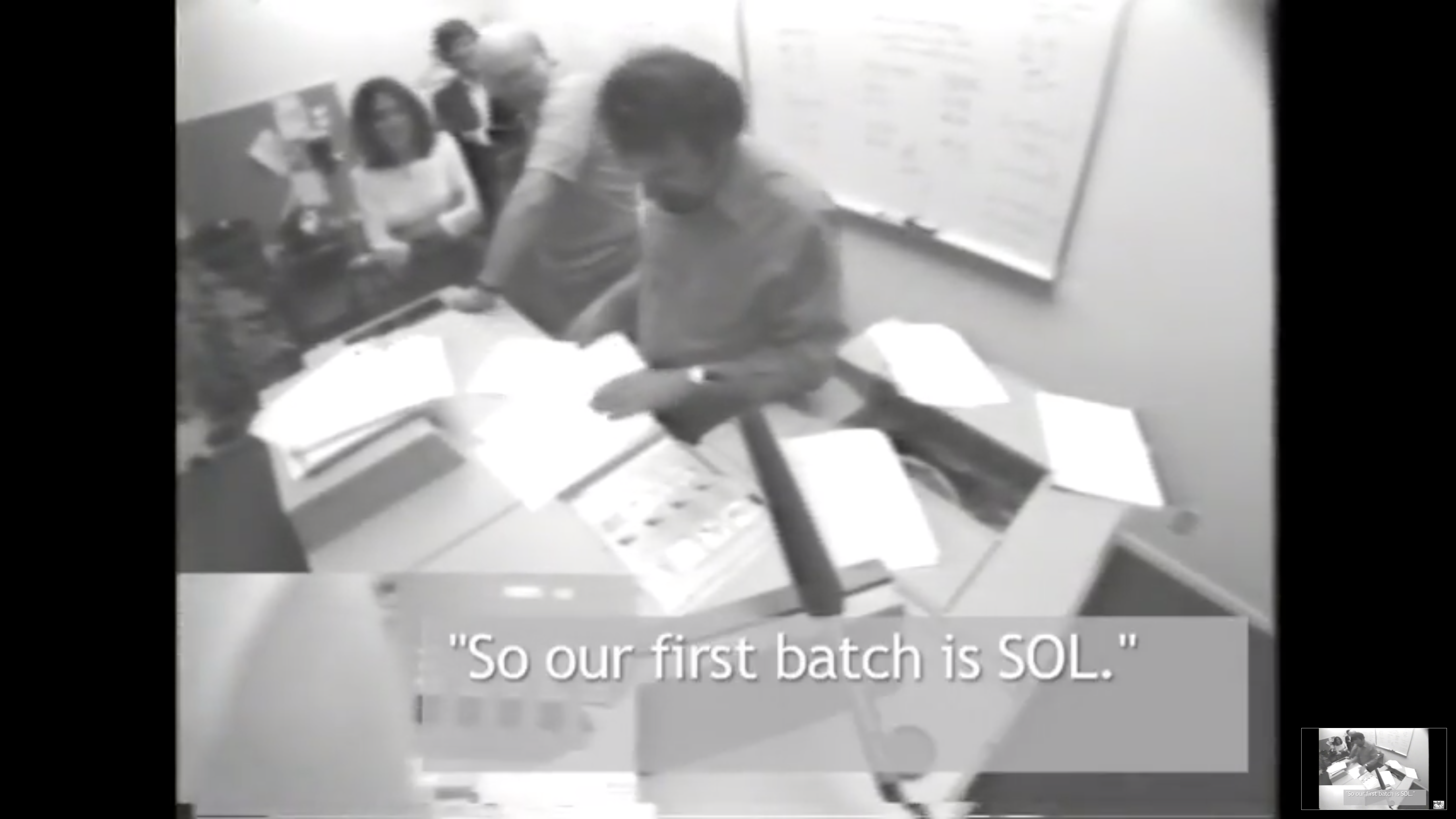
Lucy SuchmanProject type
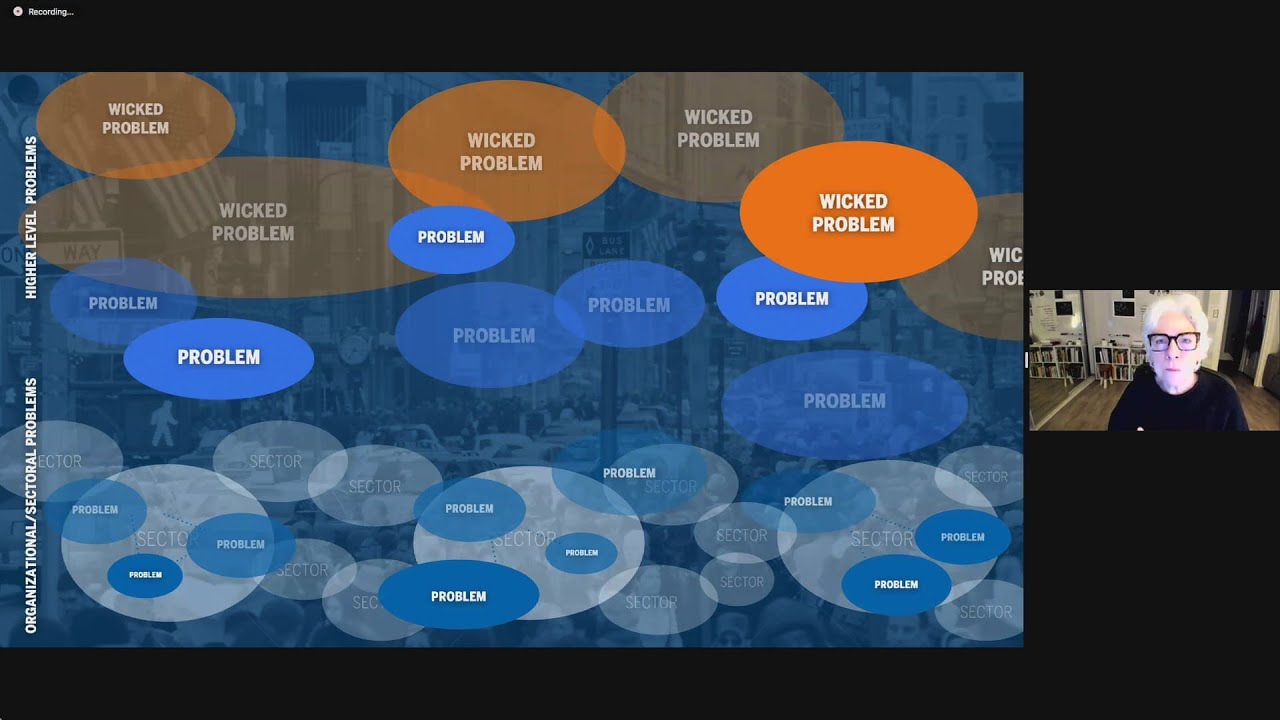
Terry IrwinProject type
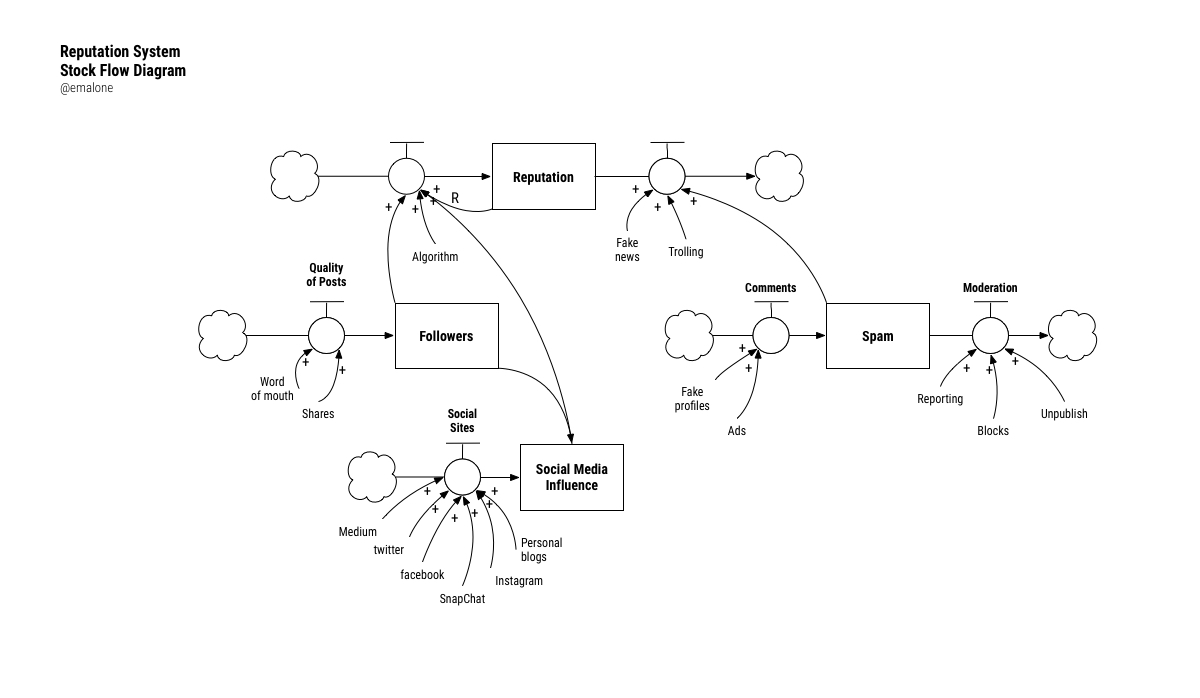
Donella MeadowsProject type
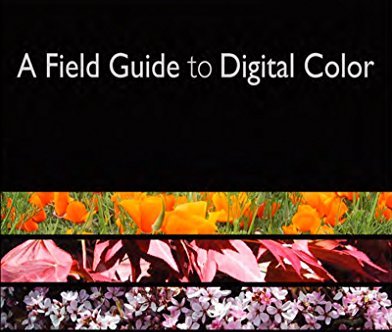
Maureen StoneProject type

Ray EamesProject type
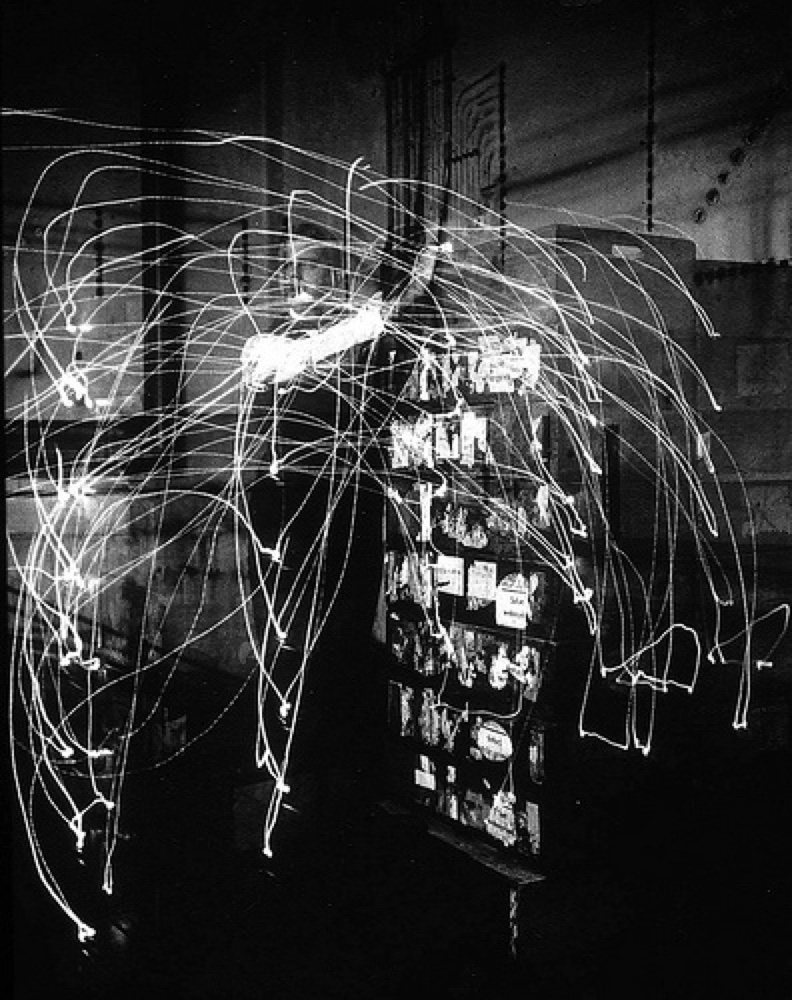
Lillian GilbrethProject type
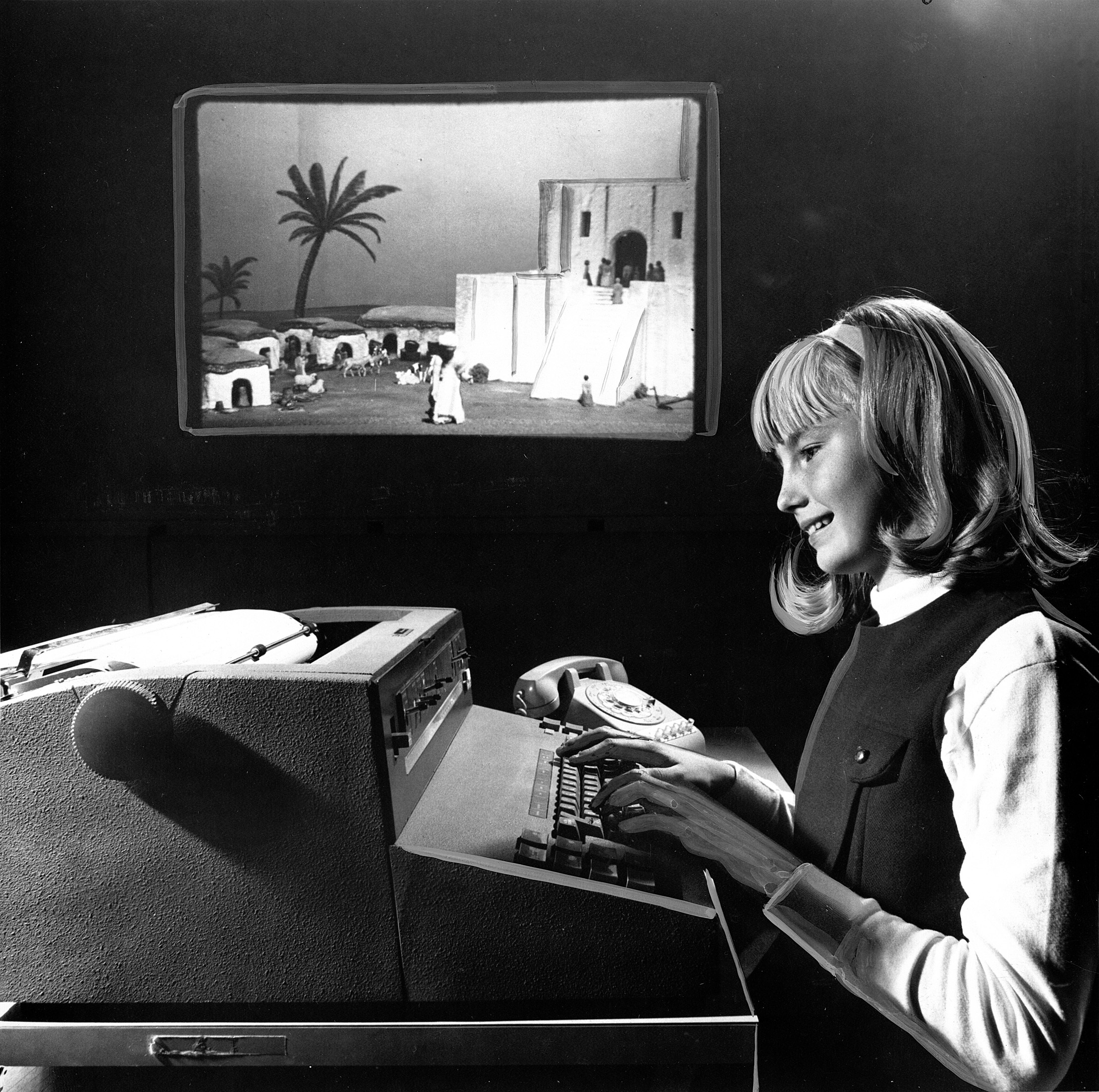
Mabel AddisProject type

Ángela Ruiz RoblesDesigner

